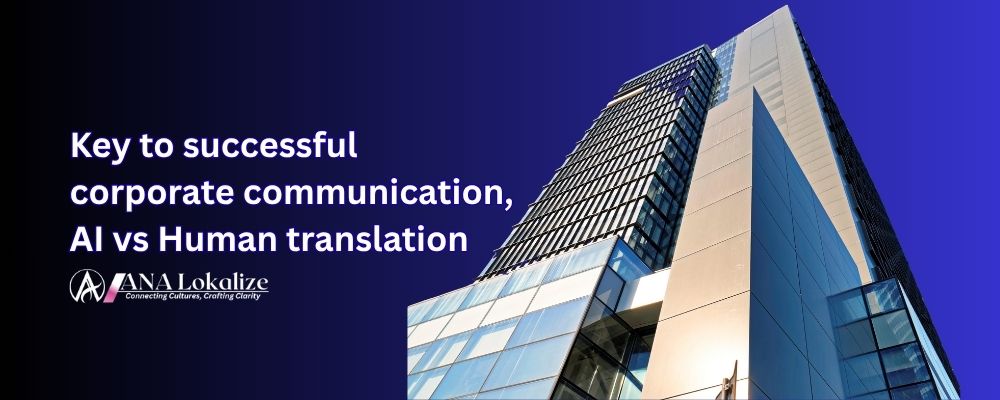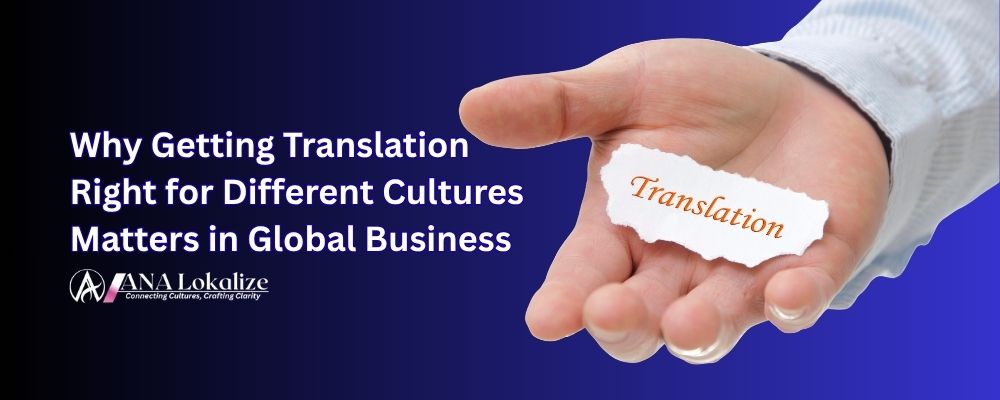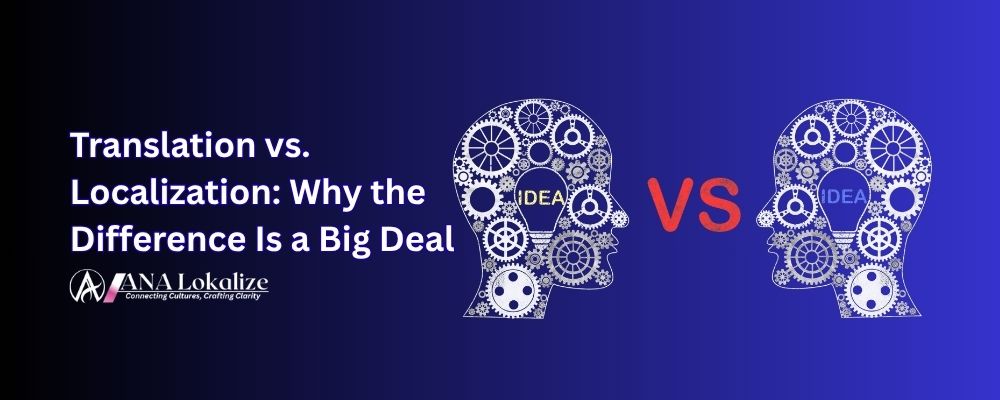How Translation Shapes International Branding

How Translation Shapes International Branding
In today’s globalized marketplace, brands are no longer confined to the borders of one country or language. Businesses now operate in diverse regions, each with its own language, culture, and consumer expectations. While expansion brings tremendous opportunity, it also introduces a critical challenge — how can a brand maintain its identity and message across multiple languages without losing its authenticity? The answer lies in effective translation and localization. When done strategically, translation not only bridges language gaps but also strengthens international branding, ensuring that the brand voice resonates with audiences worldwide.
Translation as the Foundation of Global Communication
Translation is much more than converting words from one language to another. It is about transferring meaning, emotion, and intent — the essence of the message — into a form that feels natural and relevant to the target audience. For brands operating globally, every marketing slogan, website page, or advertisement must communicate the same brand promise no matter the language. A poor translation can distort meaning, dilute brand values, or even cause offense, leading to confusion or mistrust among international customers.
When slogans and campaigns are carefully translated, they maintain consistency and emotional connection across all markets. A well-executed translation ensures that the brand’s personality remains intact, helping it maintain a unified voice while adapting to local expectations.
Localization: Going Beyond Translation
While translation focuses on language, localization ensures that all aspects of communication — visuals, tone, humor, colors, and cultural references — align with the target culture. A localized brand message considers the audience’s traditions, beliefs, and social context. For example, a marketing campaign that works perfectly in one country may fail in another if it doesn’t reflect local values or social norms.
Localization also involves adapting product names, website content, and even user experience to feel native to each region. Platforms that pay close attention to localization do more than translate words — they translate experiences. This level of attention builds trust and helps global audiences connect emotionally with the brand.
Maintaining Brand Consistency Across Languages
Consistency is the cornerstone of any strong brand. When companies expand internationally, maintaining consistency across all languages becomes more complex. Translation teams must ensure that tone, terminology, and visual identity remain aligned with the core brand guidelines. Even subtle variations in word choice or imagery can affect how the brand is perceived.
For this reason, many global organizations use translation style guides and terminology databases to standardize communication. These tools help translators maintain a consistent voice, especially when multiple people or agencies work on large-scale projects. The result is a brand that sounds and feels the same — whether it’s being communicated in English, Spanish, French, or any other language.
The Cultural Power of Words
Words carry cultural weight. A phrase that inspires one audience might sound awkward or meaningless to another. Skilled translators understand these nuances and adapt the message to preserve the same emotional impact. Idioms, humor, and metaphors often require cultural reinterpretation rather than literal translation.
A notable case from the marketing world shows how a simple translation error can completely change a message. A popular slogan, when translated literally into another language, ended up conveying a completely different and confusing meaning. It was later reworked to better reflect the intended tone and cultural context. This illustrates how vital cultural awareness is in translation — even a small linguistic mistake can reshape how a brand is understood and trusted across international markets.
Building Trust Through Language
Trust is one of the most valuable assets a brand can earn. Customers are far more likely to engage with brands that communicate in their native language. Studies show that more than 70% of consumers prefer to buy products with information written in their language, even if they understand English. This demonstrates that translation directly affects purchasing decisions and customer loyalty.
When brands invest in professional translation and localization, they signal respect for their customers’ cultures and languages. It tells audiences, “We value you enough to speak your language.” That emotional connection builds credibility and long-term trust, setting the foundation for successful international relationships.
In the digital age, a brand’s online presence often serves as its first impression. Multilingual websites, apps, and social media channels have become essential tools for global engagement. However, a simple copy-paste translation of a website is not enough. SEO localization, for example, ensures that translated content ranks well in local search engines by using region-specific keywords, phrases, and search behavior.
Social media content also requires careful adaptation. Hashtags, humor, and pop culture references differ greatly across regions. A campaign that goes viral in one market might fall flat in another if it doesn’t fit the cultural context. Translating digital content with a focus on local trends helps brands stay relevant and relatable to international audiences.
Despite its benefits, translation for branding also presents challenges. Literal translations can misrepresent meaning, while over-localization might dilute brand identity. Finding the right balance between global consistency and local relevance requires expertise and strategy. Brands must work closely with translators who understand not only language but also marketing, psychology, and culture.
Another challenge is scalability. As businesses grow, managing translation for multiple languages and markets can become overwhelming. This is where technology — such as translation management systems (TMS) and AI-powered tools — plays a vital role. These solutions streamline workflows, maintain version control, and ensure consistency across all regions.
While AI translation tools have improved dramatically, they still lack human sensitivity to cultural nuance and brand tone. Automated systems can assist with speed and efficiency, but human translators remain essential for capturing emotion, storytelling, and creativity — the very elements that make branding effective. A blended approach that combines machine translation with professional review often delivers the best results.
Translation is not just about words — it’s about identity, emotion, and connection. For brands aiming to succeed internationally, effective translation and localization are powerful tools that shape how audiences perceive and interact with them. By maintaining consistency, honoring cultural differences, and communicating in the customer’s native language, businesses can build stronger, more authentic global brands.
In a world where competition crosses borders and screens, speaking your audience’s language is no longer optional — it’s essential. Translation doesn’t just help brands go global; it helps them feel local everywhere they go.
Stephane B. Atangana
Professional translation and localization experts with 10 years of experience in helping businesses connect with global audiences.
Search Articles
Related Articles

key to successful corporate communication, AI vs Human translation

Why Getting Translation Right for Different Cultures Matters in Global Business

Translation vs. Localization: Why the Difference Is a Big Deal
Subscribe to Our Newsletter
Get the latest translation insights and industry news delivered to your inbox.
We respect your privacy. Unsubscribe at any time.
